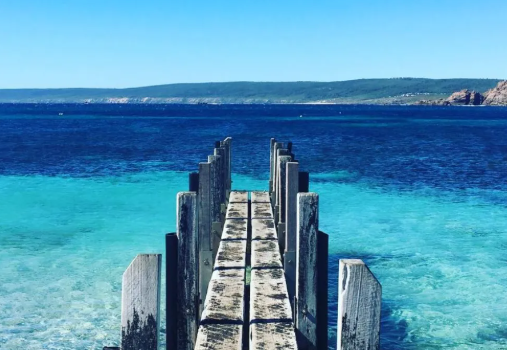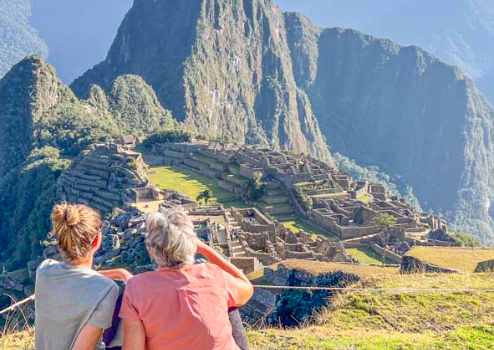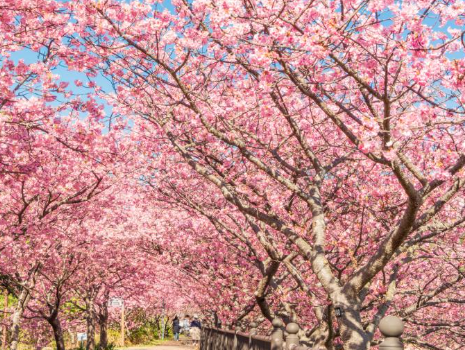
For cat lovers with a passion for travel, the opportunity to discover new destinations while indulging in your love for felines is truly a dream come true. Whether you’re a seasoned globetrotter or planning your first international adventure, these amazing spots around the world are perfect for cat enthusiasts. From hidden villages to bustling cities, here are the top destinations for cat lovers to visit in 2025.
1. Aoshima, Japan: The Famous Cat Island
Aoshima, located in the Ehime Prefecture, is widely known as Japan’s “Cat Island” and is a must-visit for feline fans. Cats have lived on the island since the 1940s, originally brought in to control the rat population that threatened local fishermen’s nets. Over time, as the fishing industry declined, the cat population flourished, eventually outnumbering the island’s human residents.
Today, about 200 cats freely roam the island, cared for by the few remaining locals. To visit Aoshima, you’ll need to take a ferry from Nagahama Port, just 40 minutes from Tokyo. Ferries depart twice daily, but weather conditions can sometimes cause cancellations. Aoshima offers a serene, cat-filled environment that will enchant any animal lover.
2. Tashirojima, Japan: Another Cat Haven
Close to Aoshima, Tashirojima is another “Cat Island” that is home to nearly 200 cats, outnumbering the island’s population of fewer than 100 people. Originally, cats were introduced to help control pests like rats, and today they are cherished by the community.
The island also features a small cat shrine called Nekokamisama, which is shaped like a cat and has become a popular attraction. Tashirojima is a peaceful place, perfect for cat lovers looking for a tranquil escape. To reach the island, catch a ferry from the Ajishima Line Chuo pier, and enjoy a scenic 45-60 minute journey to this feline paradise.
3. Hong Kong: Cats as Shopkeepers
Beyond the bustling streets and vibrant markets, Hong Kong is home to an unusual tradition: feline shopkeepers. Many shops across the city have cats lounging around the counter, greeting customers or simply lounging by the door. These cats, originally introduced to control rodents in the city’s markets, have become symbols of good luck for businesses.
In districts like Sheung Wan and Sai Ying Pun, these furry companions are beloved by locals and visitors alike. The tradition of having cats in shops continues, with some cats even becoming local celebrities. As you wander through Hong Kong, don’t forget to ask shop owners for permission to take pictures with their feline staff, as many are happy to oblige.
4. Istanbul, Turkey: The City of Cats
Istanbul, often called the “World Capital of Cats,” has a long-standing cultural connection with felines. Cats have been a part of the city’s daily life for centuries, originally kept for pest control. Today, they are treated with kindness and care, often seen roaming freely in public spaces.
One of the best places to spot cats is at the Hagia Sophia Grand Mosque, where you can see them lounging around while visitors admire the architecture. Istanbul even has coin-operated vending machines that dispense cat food, making it easy to feed these beloved animals. If you’re a cat lover, Istanbul’s welcoming and feline-friendly environment will leave you delighted.
5. Houtong, Taiwan: A Cat Lover’s Dream
Houtong, located just an hour from Taipei, is a small village that has become a true paradise for cat lovers. Known as the Houtong Cat Village, this former coal mining town is home to over 200 cats. The village was revitalized when a group of cat enthusiasts took it upon themselves to care for the strays, transforming Houtong into a haven for felines.
Visitors to Houtong can explore its picturesque streets, interact with the cats, and even visit cat-themed shops and restaurants. With its charming atmosphere and dedicated cat care, Houtong is a must-visit destination for any feline fan. The village is easily accessible by the Jiufeng rail line, making it a great day trip from Taipei.
6. Kuching, Malaysia: The City of Cats
Kuching, meaning “cat” in Malay, is a city that fully embraces its feline namesake. Known as “Cat City,” Kuching is filled with cat-themed statues, murals, and even the world’s first cat museum, the DBKU Cat Museum, which houses over 4,000 cat-related items.
The city is also home to many real cats, often seen wandering around the Sarawak River or Chinatown. The Padungan Roundabout Cat Statue, which greets visitors with its raised paw, is a popular photo spot. Kuching’s combination of cat-themed attractions and real-life felines makes it the perfect destination for anyone who loves cats.
Conclusion
Whether you’re exploring a remote island, wandering through vibrant cities, or relaxing in charming villages, these destinations offer incredible experiences for cat lovers. From the tranquil islands of Japan to the cat-friendly streets of Istanbul, there’s no shortage of places to indulge your love for felines while experiencing new cultures. Pack your bags and get ready to meet some of the world’s most adored cats in 2025!




















Comments